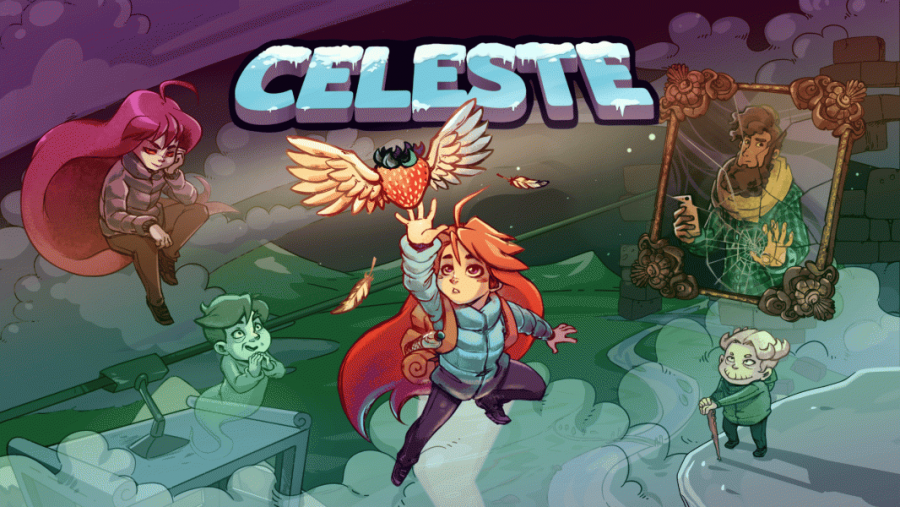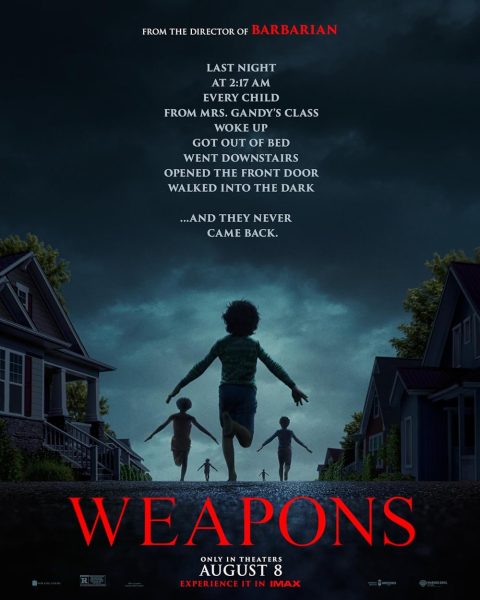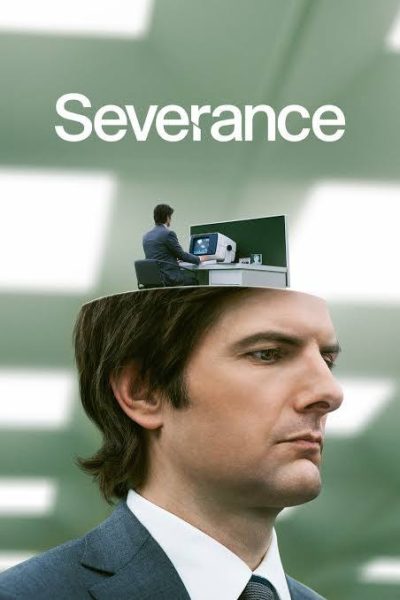Celeste Review
In a world where the most popular games of the decade are almost all big budget, hyper-realistic games with massive teams of designers, producers, writers and the sort, it can be hard to have hope for a little indie game to find success. But when a small team of developers works on something really special, it can make just as big a splash in the gaming market as any other game; No matter what the production value is.
Celeste came out in 2018. It was made by very few people, which is very impressive considering the copies sold and the awards awarded. The game follows a young woman named Madeline and her journey climbing celeste mountain (which is a real mountain in Canada). However, she quickly notices that the mountain possesses strange powers to warp reality. As she climbs higher and higher up the mountain, it starts creating manifestations of her own insecurities. Along the way, she also meets Theo, another wandering soul climbing the mountain. Celeste presents itself as a quaint, little, not very complicated game at first. Then, upon sinking enough hours into the tough-as-nails platforming, the game reveals its hidden complexities.
The main gameplay of Celeste comes down to three pivotal abilities. The jump, the climb and the dash. The jump is pretty self-explanatory, however there is some nuance to it. You can control the height of a jump by holding the button to go higher, or letting go quickly after pressing it to jump lower. The climb is more complicated. You can hold the climb button to cling onto walls. You can climb up or slide down, but not for that long, because you will run out of stamina. The dash is perhaps the most useful of the three abilities. While holding the control stick in any direction, you can dash in that direction, accelerating yourself way faster than you can walk. Here’s the catch; you can only dash midair once, and you must touch the ground before dashing again.
The complex part of these mechanics is that they are much more useful when used together. You can jump off of a wall you’re climbing on to pop over to another wall and dash up that one. You can jump, dash onto a wall and then climb it to reach staggering heights. The three abilities synergize perfectly with one another, and the platforming the game has you do can make you feel like a genius when you figure out how to ascend an at first impossible-looking challenge.
However, the gameplay isn’t the only good part of Celeste. In the second level of the game, the Old Site, Madeline awakes to a dream-like world with otherworldly blocks all around. Not only do these blocks present an interesting platforming element because you can dash straight through them, they also help adhere to a dreamy atmosphere, as does the slow, echoing soundtrack. Once you meet Madeline’s inner demon, referred to as “Part Of Her,” the level drops the slow pace. The music quickens, and the part of Madeline starts constantly following her, mimicking her every move, and killing her if she gets too close. This rushes the player along, making them go along with the quickened music and rush across the rest of the level.
Now, remember what I said about this being her inner demon? This part of her represents Madeline’s anxiety. It constantly follows her, and the danger it provides creates a sinister element of anxiety. Not only this, but the music quickening its pace also helps build this piling sense of urgency and anxiety. It’s genuinely stressful playing through this part of the game, and that is perfectly intentional.
And that’s not all. The developers use music and gameplay to create a theme in each and every one of their levels. This is something that not a lot of games can do. Sure, narratively big story games can create themes, but not many also use gameplay and music to create that theme.
The game’s music is truly wonderful. Lena Raine, the composer for Celeste, made a beautiful soundtrack that fits the game and its themes perfectly. With a game this difficult, some players need a good song to help them focus and become less stressed. Or, in moments of intensity, the soundtrack can actively work against the player, making the moment that much more tense and stressful. The soundtrack really is wonderful, and I recommend listening to it even if you’re not interested in playing the game.
Another aspect of the game that I really appreciate is all of the shortcuts that the developers put into the game. This was done specifically for speedrunners, a group of gamers that put time into beating a game as quickly as humanly possible. There are so many hidden gameplay techniques and hidden routes through levels that the optimal playthrough of the game is still being optimized to this day, two years later.
I genuinely can’t think of any aspect of celeste that I dislike. Its gameplay, story and music synergize outstandingly well, and provides a once-in-a-lifetime thrill of a game. It stands as a shining example of the best that indie games have to offer. For these reasons, I give Celeste a 10/10.












Selena Shilling • Nov 12, 2020 at 2:59 PM
I first met this reporter Jack when I was in 6th grade. We were in Improv together at Hosford Middle School. and I know that his are work is amazing and so is his Improv skills.
-Selena Shilling
Freshman